Peonies "Julia Rose": description of the variety and cultivation features
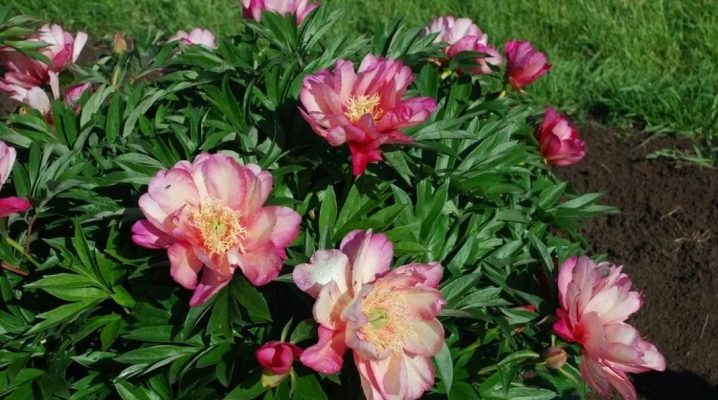
Peonies are amazingly beautiful plants and at the same time are completely unpretentious in cultivation and care. Recently, in addition to classic varieties, hybrid variants that look very exotic have become very popular. Julia Rose peonies are unlikely to be of interest to at least one professional gardener or amateur florist.
This variety of Ito-hybrid peonies is considered very hardy and even unique, because it is suitable for growing even in the coldest regions of our country.
In this article, we will take a closer look at the Julia Rose peonies, find out what the Ito hybrids are, and also consider some tips for growing and caring for them.
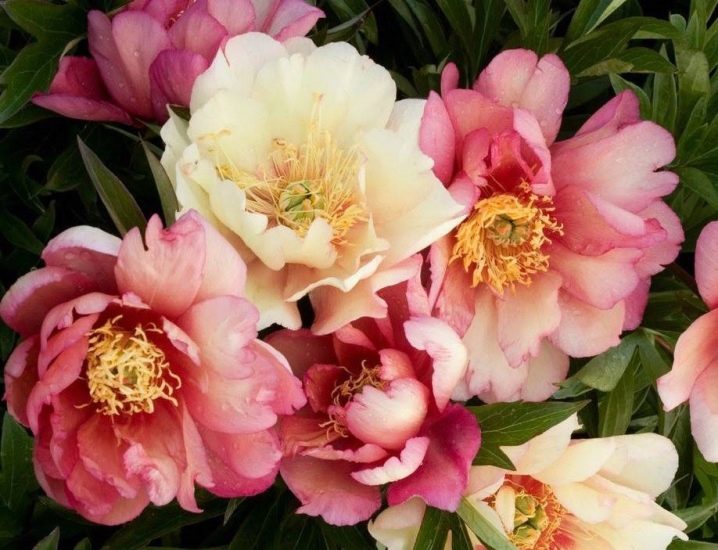
Ito-hybrid plants
Ito-hybrid peonies are familiar to few amateurs, some may even hear of them for the first time. Plants of this kind have appeared relatively recently. They were bred by a breeder from Japan by crossing tree and herbaceous peonies, which exist separately in nature. Ito-hybrid peonies are unique plants, as they combine all the best qualities from two types of plants. A little later, the rights to such hybrids were bought by an American breeder, who later developed new varieties of Ito-hybrid peonies.
These plants are distinguished by specialists into a separate group. To date, several dozen hybrid peonies are known, which can delight flower growers with their original shapes, colors and resistance to temperature extremes. Most of the varieties have an unusual contrasting color, consisting of several shades.
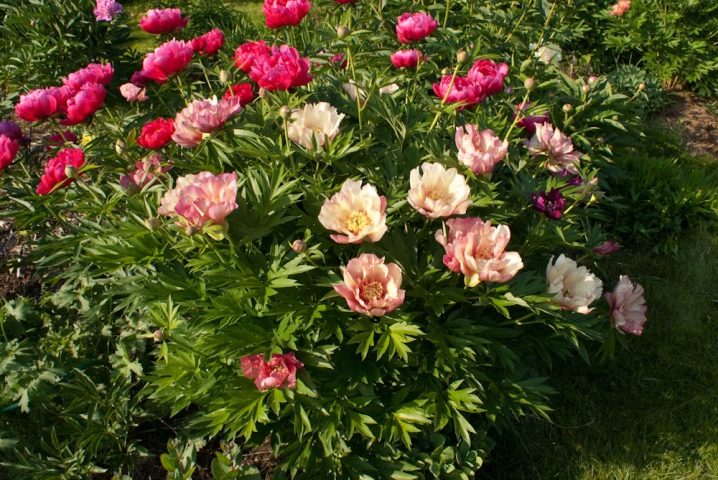
The Julia Rose variety was bred by an American breeder in the 90s of the last century. It received widespread publicity, so it quickly spread outside the United States. Today he is loved not only abroad, but also in our country.
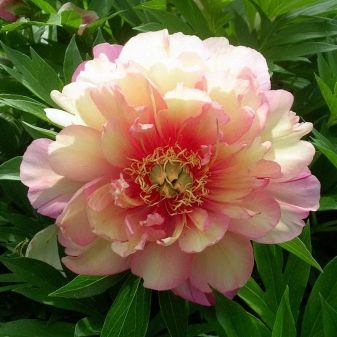

Description of the variety
Bushes of the Julia Rose variety can reach a height of 85–90 cm, rather spreading, with a strong stem, enveloped in a large amount of foliage. The leaves are bright green, shaped like thin feathers.
Abundant flowering can begin as early as mid-May, and usually ends in mid-July, sometimes earlier. Flowers can reach 17–20 cm in diameter. Flower petals are semi-matte and semi-double, have a pale pink color with a peach tint. The color of this peony variety changes depending on the flowering time. At first, it can be deep pink with an orange tint, and then peach pink. In the middle of the flowers, you can see bright yellow shaggy stamens. Flowers have a delicate and at the same time very pleasant aroma.

During the flowering season, Julia Rose peonies look very impressive due to the fact that the first flowers are brighter, and those that bloom later, after a few days begin to change their color to a more delicate one. Due to this, the bush becomes unlike all others.
Peonies of this variety can be an addition to any landscape design on a private plot.
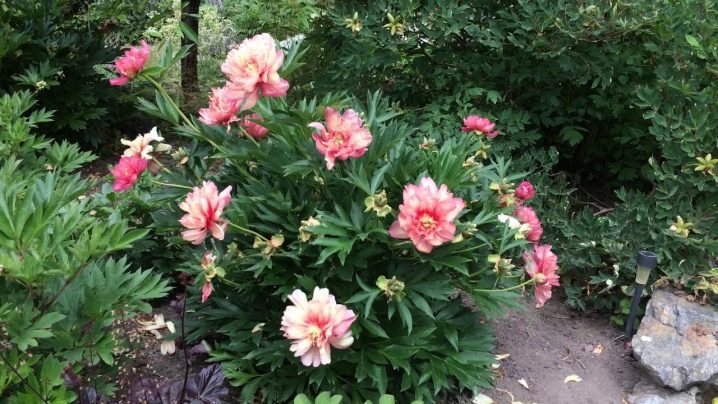
The nuances of growing
Ito-hybrid peonies prefer fertile loamy soils. It is best for them to choose moderately sunny places with little shade, but by no means those that pass near bodies of water or groundwater. Otherwise, the root system of plants may begin to rot, and this is fraught with the death of plants.
Peat is undesirable for fertilizing the soil, while the soil should be moderately acidic. It is best to choose a place for landing that is calm. Despite the fact that peonies of this variety are very resistant to temperature changes.

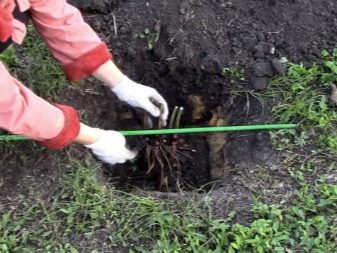
It is undesirable to plant peonies in a shaded place with drafts, since without sunlight they simply will not bloom, but they will turn green abundantly. Plants are usually planted in the spring or autumn, sometimes at the end of summer.
In the first year of planting, plants may not bloom. For peonies, this phenomenon is considered normal, and therefore, with proper care, there should be no worries. Plants usually begin to bloom 2-3 years after planting in the ground.
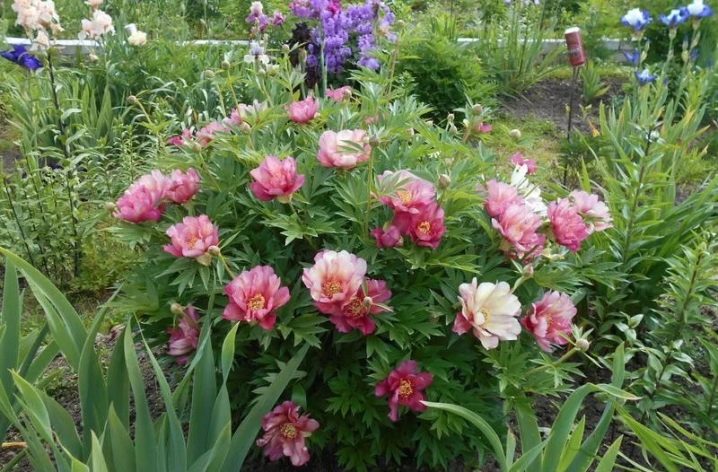
The procedure for planting in the ground is as follows.
- Preparation of pits measuring 60x60 or 50x50 cm and a depth of about 70-80 cm.
- Filling the holes with a layer of sand, gravel, compost and humus. Sometimes potassium and wood ash are also added as additional dressings.
- After that, the pits are filled up and left for several weeks to tamp the earth. The distance between future bushes should be on average 1 meter or more.
- When planting, peonies should not be placed too deep. It is very important to compact the ground well. After planting, the plants should be watered abundantly.
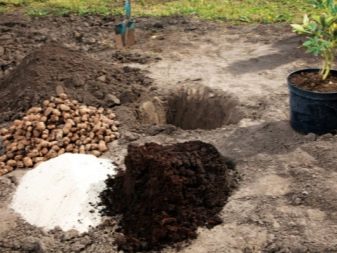

The transplant is best done in the autumn season. Plants are most often transplanted after 5–7 years, but it is worth understanding: after this time, the roots of the plants will be very large, which can significantly complicate the task. Plants are planted by dividing the tubers.
Care
Watering peonies should always be regular, but moderate. The Julia Rose variety does not tolerate very strong and abundant watering - it can start to hurt. After watering, it is advisable to do hilling, which has a very beneficial effect on the health of the plant.
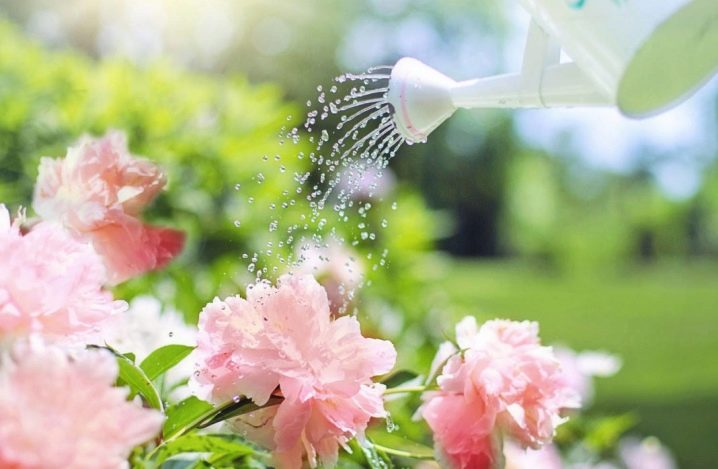
Mulching is also very beneficial for peonies. You can use hay, sawdust and even dry grass as mulch.
For the winter period, you should not cover adult plants, but you should definitely cover the young ones, otherwise they may not survive severe cold.
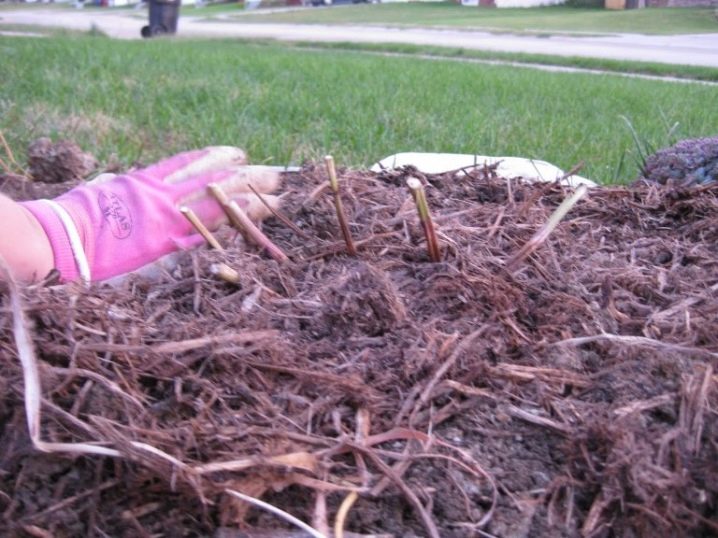
In the spring season - before the flowering of peonies - it is recommended to start feeding the plants with complex fertilizers. On average, fertilizing should be done no more than three times per season, since their excess can also be fraught with negative consequences.
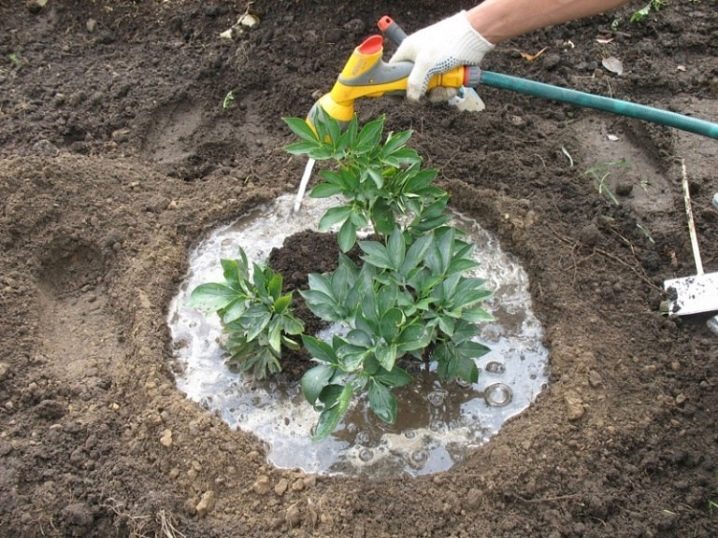
Pruning plants - stems and remaining leaves - should be done in the fall... It is recommended to treat the sections with wood ash.
Pruning is usually done at the onset of the first cold weather - earlier it was not recommended.
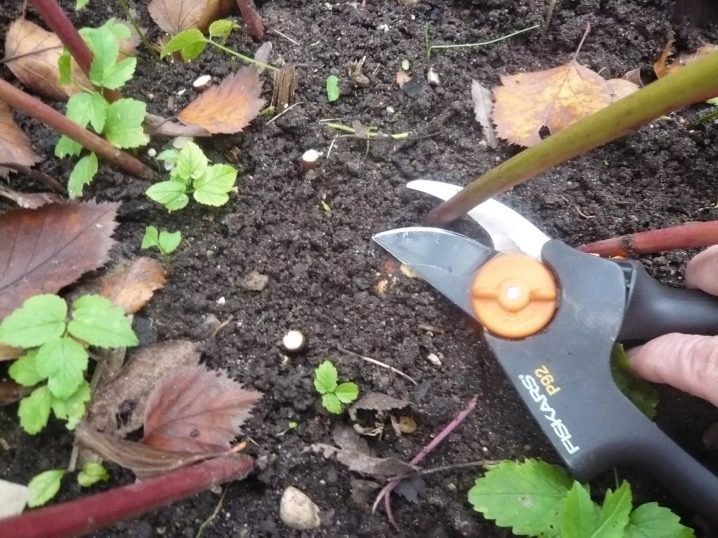
Diseases and pests
Ito-peonies "Julia Rose" are considered quite resistant plants, however, they are sometimes attacked by insects. Usually these are whiteflies, ants, aphids, scale insects and some others.
You can cope with insects with the help of folk remedies, for example, a solution of laundry soap, a decoction of wood ash, or an infusion of chamomile and dandelions... But usually all home remedies serve as good prevention; it can be very difficult to finally kill insects with their help in one stage. That is why recently it has been widely used special insecticides that instantly kill insects and other pests.
It is worth working with insecticides in a protective mask and gloves, since such agents are often toxic.
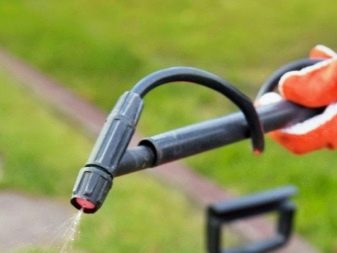
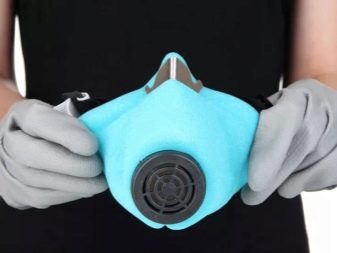
Plants and diseases are not excluded. This is usually gray mold caused by fungi. In addition to industrial means, you can get rid of the disease by starting to control watering and changing the feeding. As a rule, fungi settle in very humid places, and progress on weakened plants.
If insects were seen on peonies, then, in addition to processing them, you should definitely pay attention to the neighboring plants. They can be the source of infection.
About peonies "Julia Rose" see below.







































































































The comment was sent successfully.